Content may contain affiliate links. When you shop the links, I receive a small commission at no cost to you. Thank you for supporting my small business.
Now that spring is here it’s time to start thinking about your lawn and garden again in order to get that beautiful landscape that we all want! It doesn’t take a lot of hard work, with these simple lawn care tips you’ll have a healthy lawn all year long.
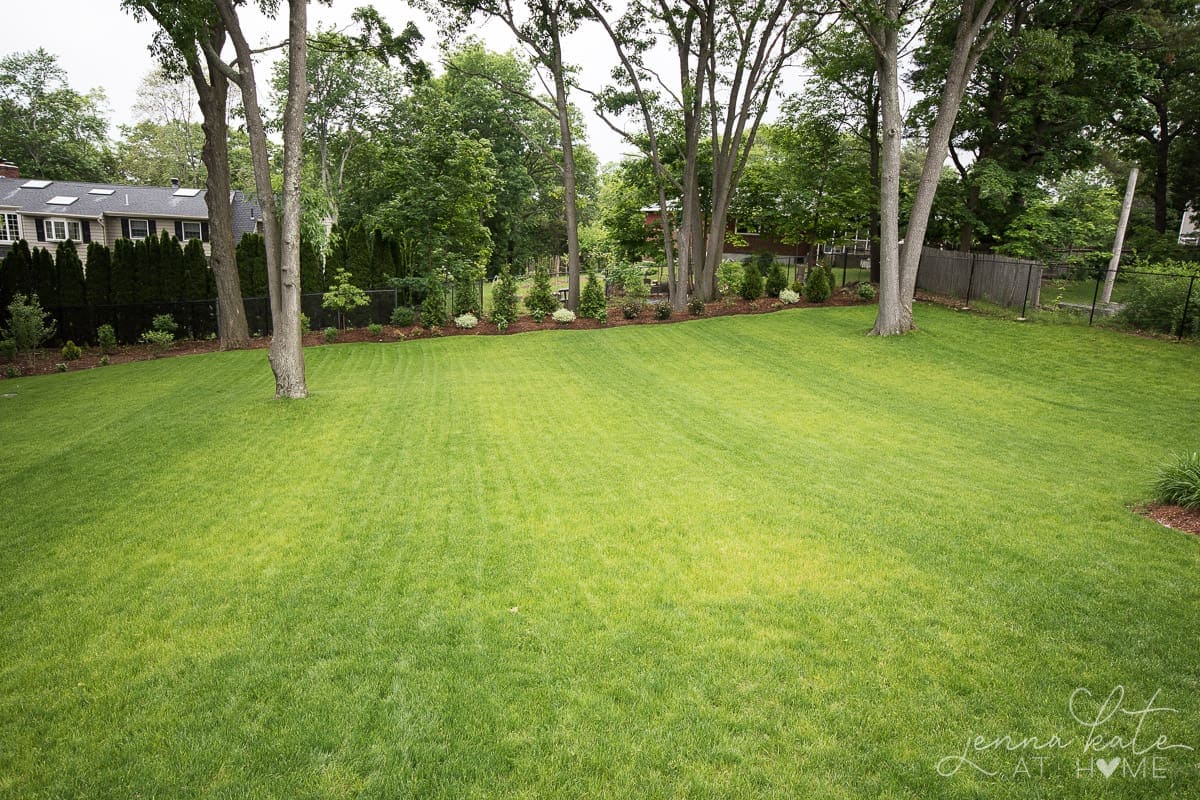
I’m not an expert gardener by any means and no one has ever accused me of having a green thumb. However, I do try to keep my lawn and garden in decent shape. Over the past few years, these tips have certainly helped me move things in right direction.
Water Your Lawn & Garden Frequently
If you don’t have a sprinkler system invest in a timer. In the heat of the summer, the last thing you need is to forget to water your flowers and lawn. Or, like we once did, go on vacation for a week and come back to an entire dead, yellow lawn. Epic fail.
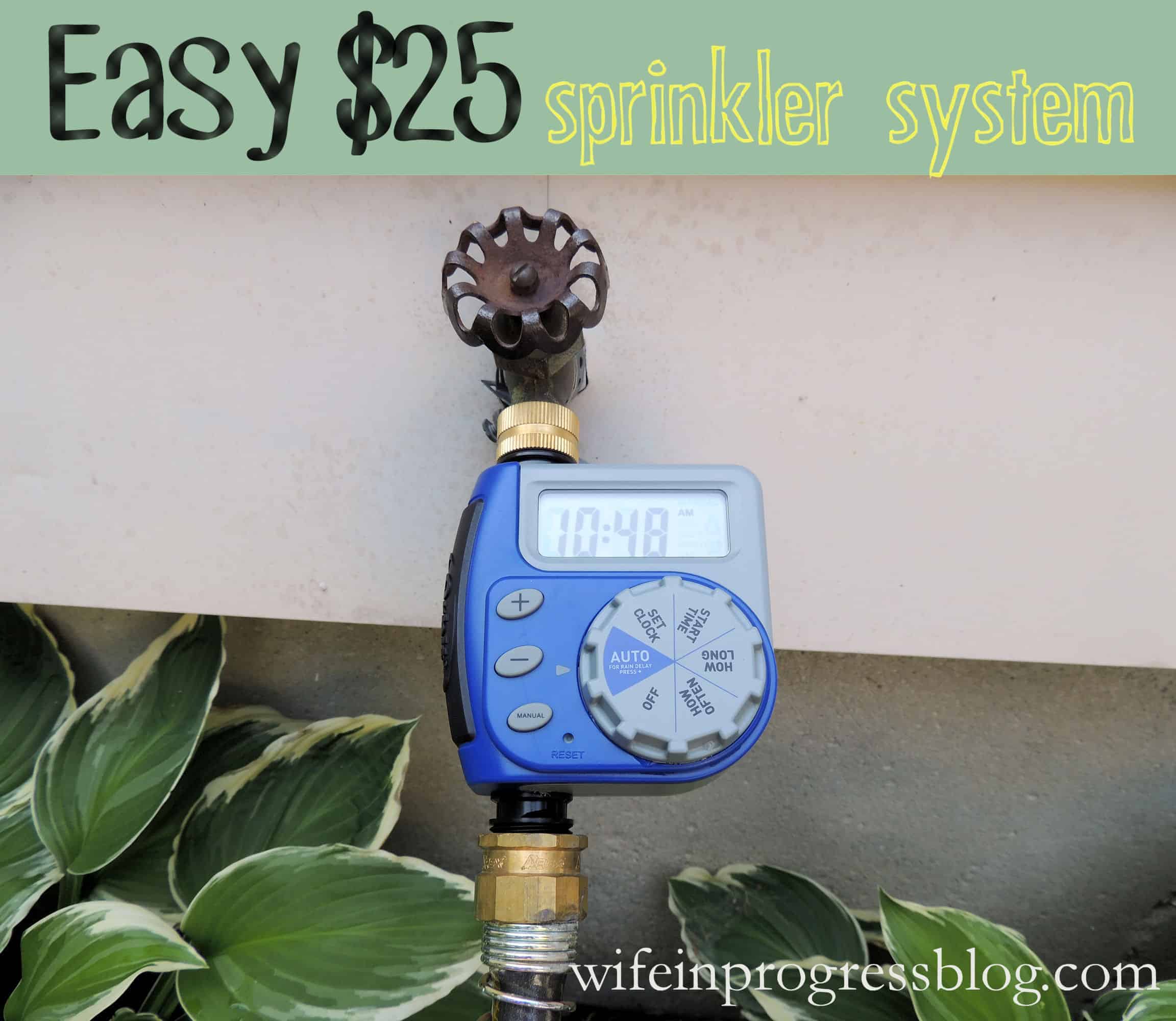
Check out the whole post on my DIY sprinkler system here!
In our first house, we had three hoses. One for the front, one for the back and one for the side yard. Each hose is attached to a sprinkler and on a timer. Instant sprinkler system! If you’re like me and won’t remember to water your lawn every day then this is absolutely necessary to keep your grass nice and green! The same goes for watering your flowers.

I like to set my timer for early morning—say 5am. That way the water has time to soak in and not evaporate in the mid day heat. Also, it’s early enough that most people are not going to work yet so you won’t soak your neighbor! It’s a good idea to avoid watering your lawn, in particular, in the evening as it may not produce the best results. The water won’t have time to evaporate off and may cause the rapid grow of fungus.
Know Your Hardiness Zone
Know your USDA Hardiness Zone. This is very important to make sure that any perennials, trees or shrubs that you plant will survive in your area (usually whatever is sold at your local garden center will be appropriate for the locale). In New England, for instance, plants need to be able to survive hot summers and frigid winters. If you live in the South West, you will be focused more on plants that are drought tolera
Make a Plan
Before planting anything take a few days to plan. Pay particular attention to the type of sun each area of your yard gets. Plants designated “full sun” will need a minimum of 8 hours sun, where sun/shade plants will do better with just morning sun. I’ve killed many a plant by giving it too much sun so plan, plan, plan!
Reseed & Fertilize

Reseed your lawn and use fertilizer in the spring and early fall to keep your grass strong and healthy. This is an easy project that you can do yourself. The first thing you’ll need to do is water your lawn for a good soaking a few days ahead of time. Then, use a broadcast spreader to appropriately distribute the fertilizer throughout the entire yard.
If you notice some bare spots in your lawn, try reseeding those areas. If you have older grass, it’s likely it might not be able to handle the hot summer months. The good news is that you can fix this with new grass seed and proper watering.
Choose the Best Grass for your Region
If you’re starting from the beginning, you’ll want to choose a type of grass that works for your area as well as your ability to care for it. There are many different grass varieties to choose from. Depending on your area, Kentucky Bluegrass and Bermuda grass are good for low-maintenance lawns.
Use The Best Weed Killer – And it’s Natural!

Naturally prevent weeds using Corn Gluten Meal. Activate it with water and it’s good to go for 5 or 6 weeks. You can find it at any health food store.
One of my husband’s friends swears by this and his lawn is beyond perfect. This is something we will be doing this spring, too. As a bonus, it’s natural and safe. I hate the idea of my son rolling around on grass that’s covered with chemical weed killers. Some of the most frustrating and well-known weeds are broadleaf weeds and crabgrass, but with good lawn care practices and routine care, you can keep these weeds at bay.
Core Aeration
This may not be something you would typically think about, but will help the life cycle of your lawn for years to come if you remember this tip.
It’s important to aerate the soil in the spring and fall to improve the quality of the soil, reduce soil compaction, and help your grass take up more nutrients and water efficiently.
This is something you can do yourself, or ask your lawn care provider to do for you.
Don’t Over-Mow!
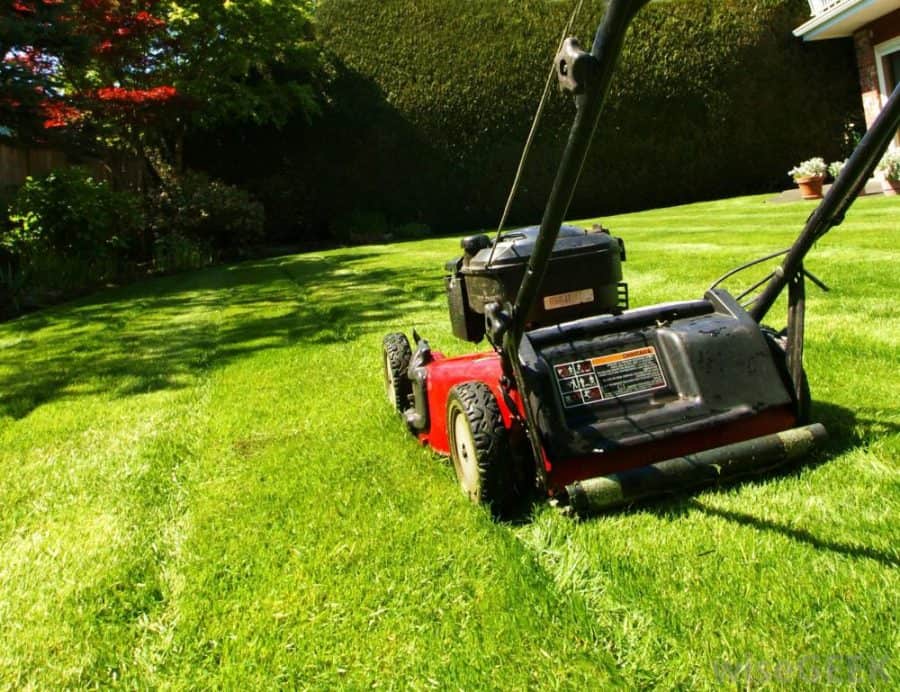
When mowing your lawn, only remove to the top third of the grass. Longer grass is stronger grass because it helps grow deeper roots which can get more moisture from deep down. Some experts recommend mowing once a week during the spring and summer seasons and that the optimal time of day is in the early evening. Of course, make adjustments based on mother nature and your climate.
Bonus Tip: Spend a little time maintaining your mower. Make sure you always have sharp mower blades in order to get a nice clean cut every time. After every mow, be sure to clean out the undercarriage of any grass clippings to prevent any rust.
Consider Planting in The Container
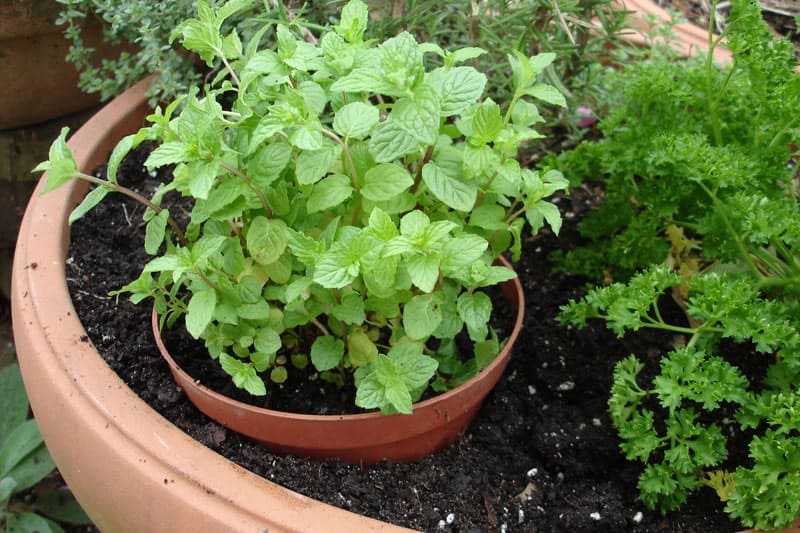
If you like to “reorganize” or move your annual plants around frequently, consider planting them IN their pots. When you move them it will be much less upsetting to the plant and easier for you to move, too!
Use Epsom Salts
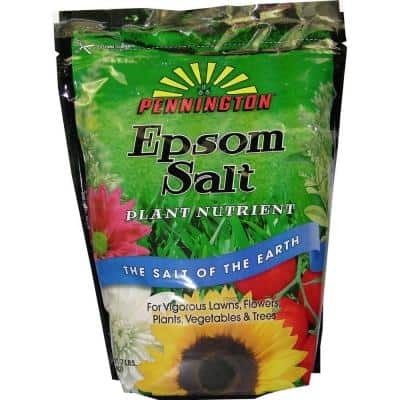
Use Epsom salt to water your plants. 1 tablespoon to a gallon of water does the trick. The magnesium creates strong green leaves and large blooms. You will be amazed with this one – it’s really an amazing plant nutrient!
Deadhead Flowers Regularly

Deadhead flowers regularly. I recommend putting aside 15 minutes every morning or evening to do this.
What is deadheading? Deadheading is very simple. As the plants fade out of bloom, pinch or cut off the flower stem below the spent flower and just above the first set of full, healthy leaves. The more you keep up with it, the more constant your blooms will be as the plant will know to produce more flowers.
Good Pet Practices
Your precious pups might be the reason for you can’t maintain lush green grass. While there isn’t much you can do about them being outside, you could try training them to use only one small section of your yard for bathroom purposes. Try to find a shady spot and start with leash and treat training, or depending on the size of your lawn, you could also fence off a section that is only for them.
Use the Right Tools for the Job
Finally, invest in the correct tools. Whether it’s a new lawnmower, a rake or even just gloves. Make sure you have the tools to do the job properly!
What tips do you have when it comes to gardening and lawn care? I’d love to hear from you!
More Outdoor Posts
Chocolate bar marzipan jujubes jelly-o carrot cake caramels. Tootsie roll cookie jujubes powder icing lemon drops. Pastry brownie topping oat cake chocolate cake jelly candy gingerbread tart.



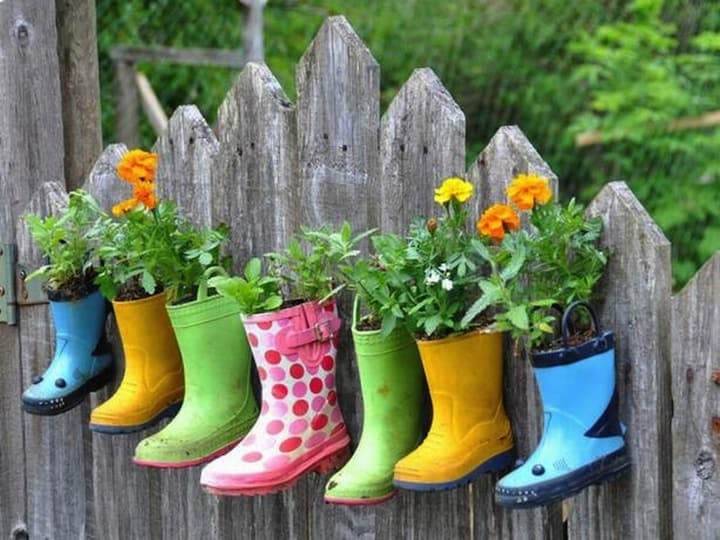
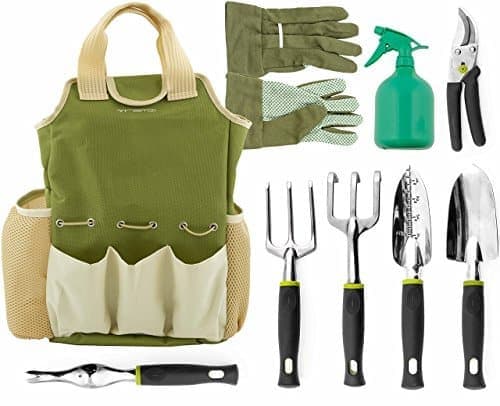

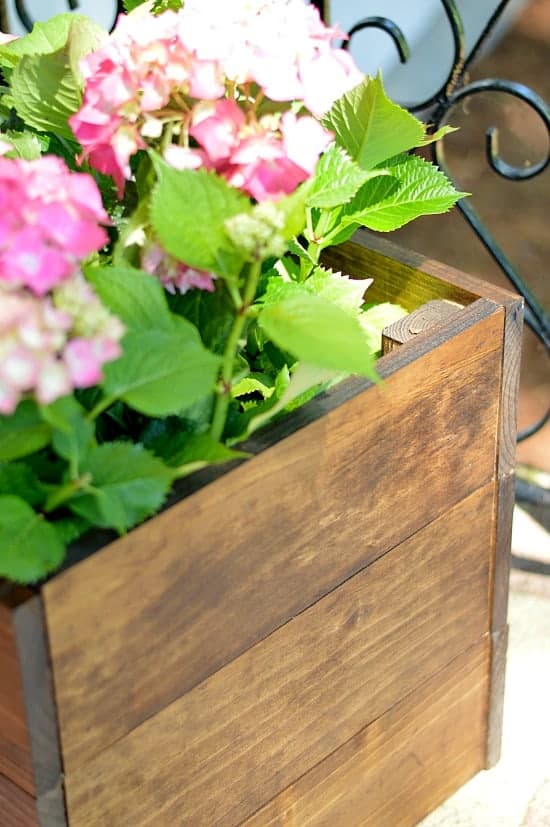
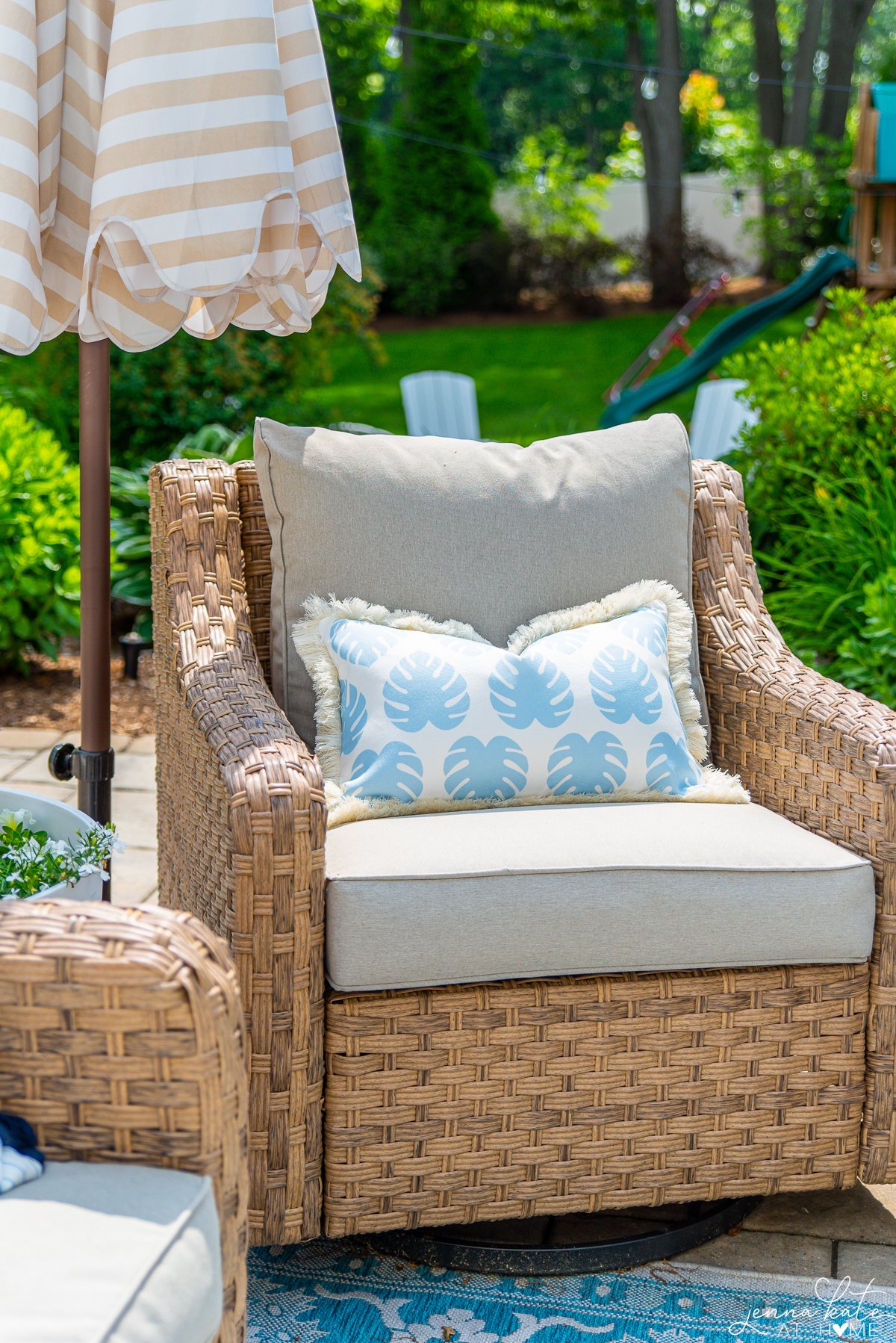
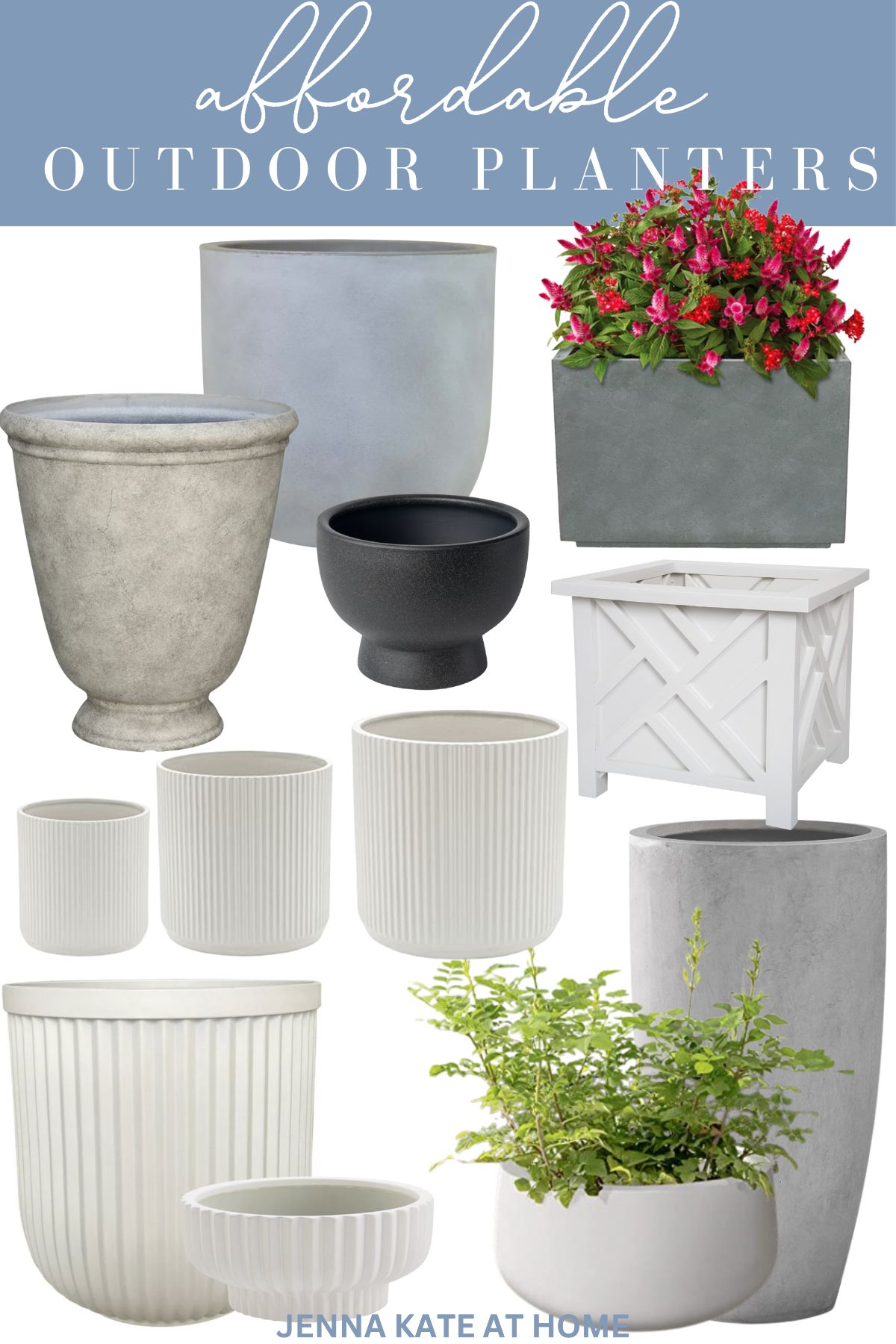
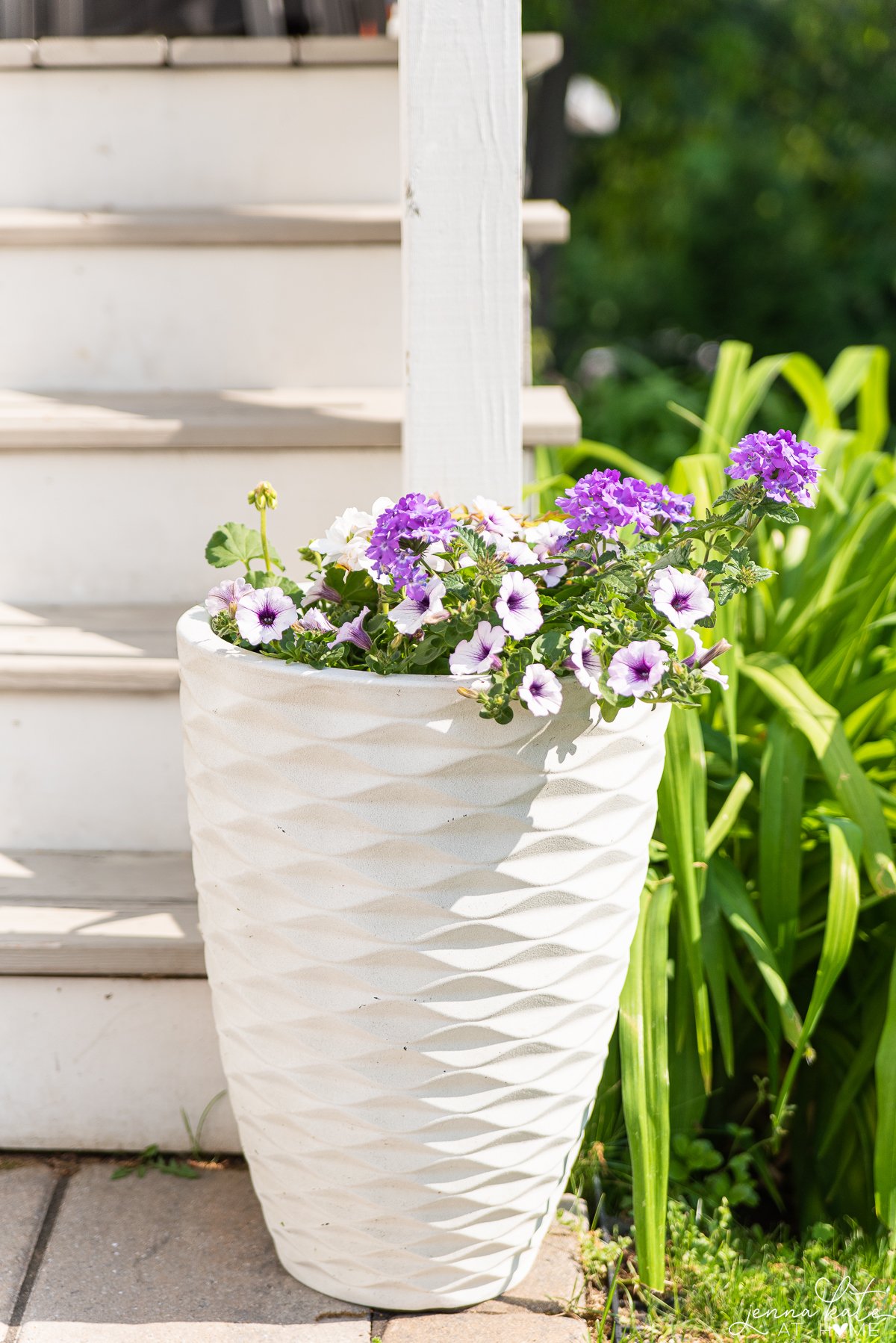
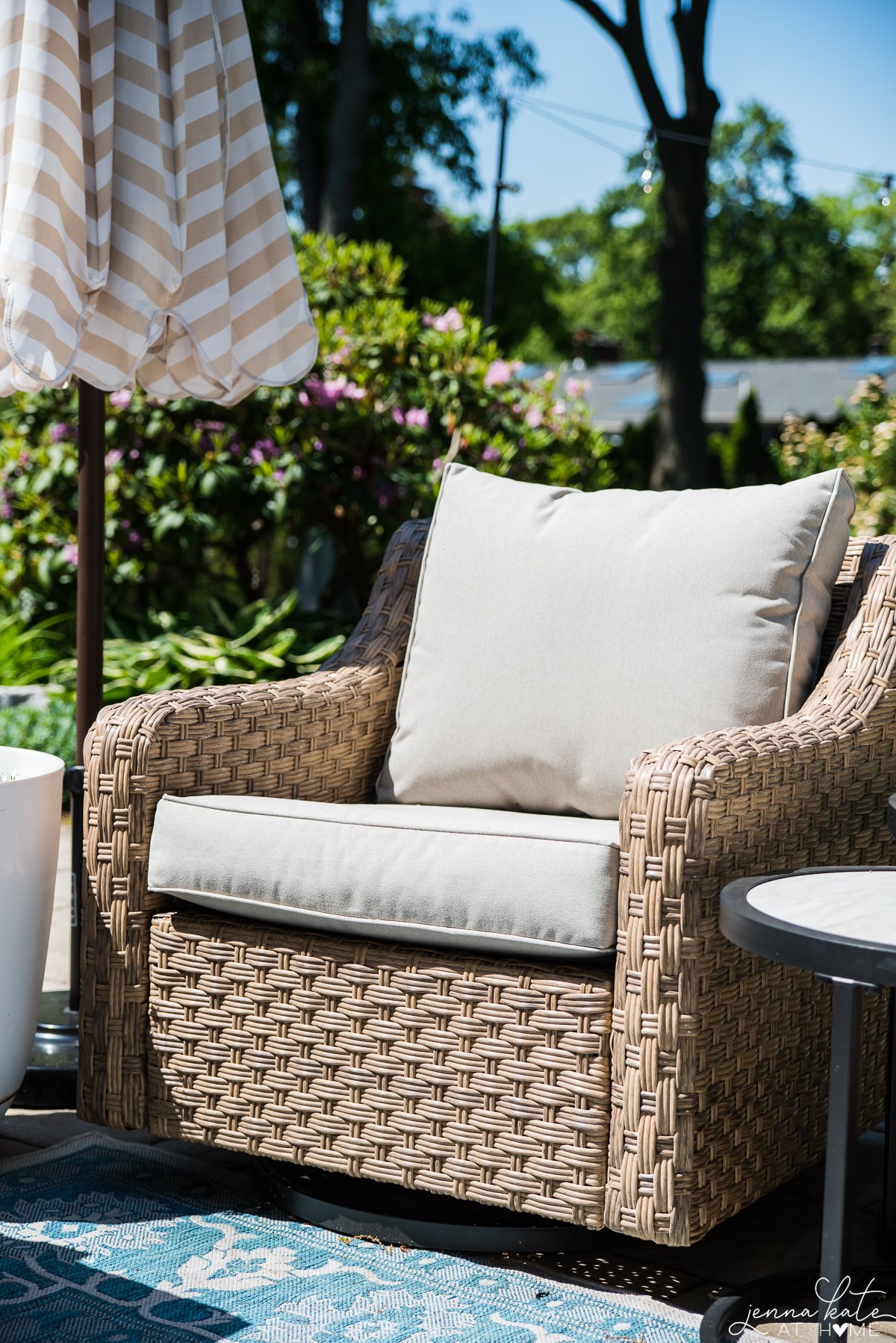
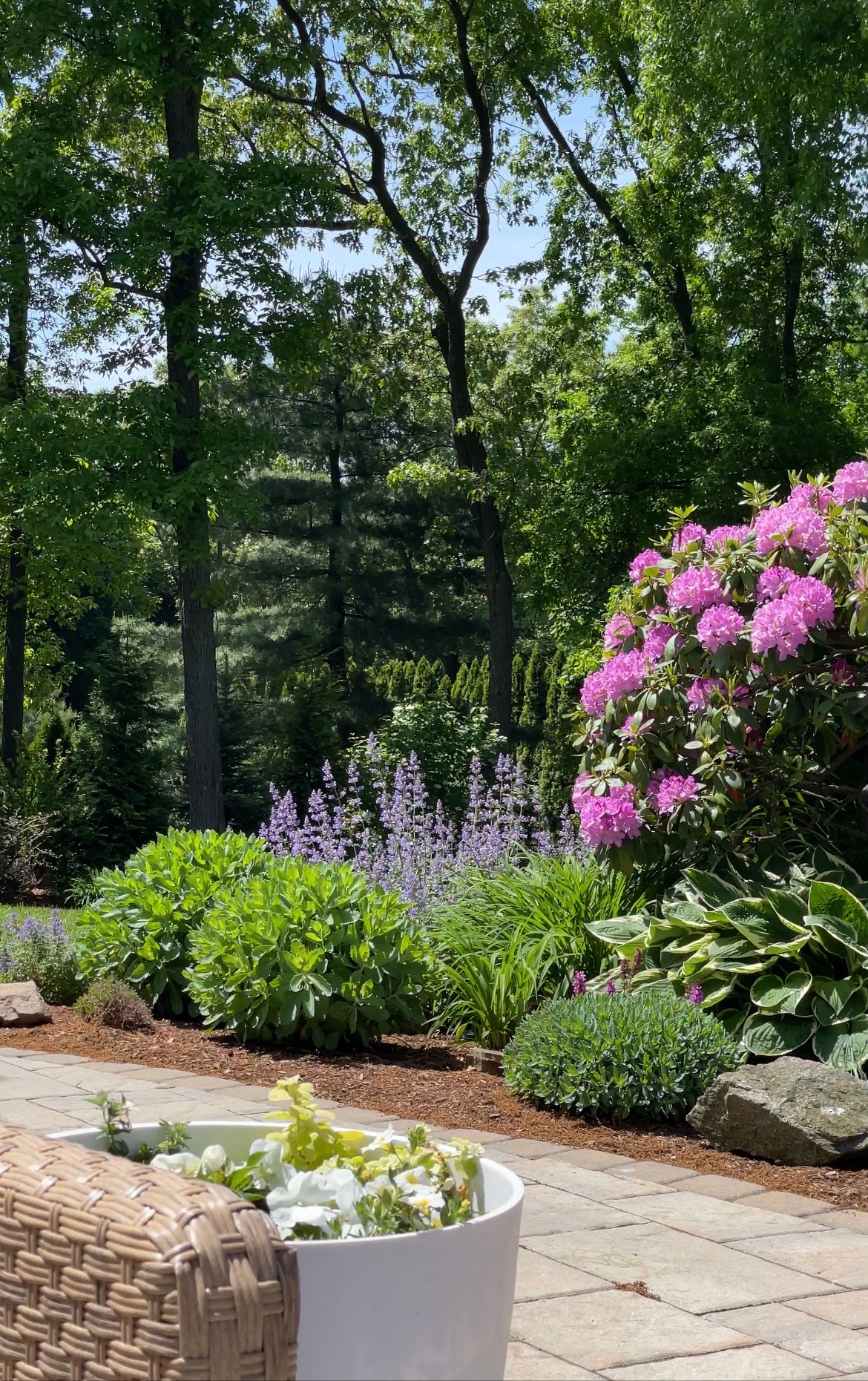


Your tip to deadhead flowers regularly was really advantageous. Keeping up on deadheading will enable your garden to constantly grow vibrant flowers like you brought up. Inspecting your other plants while you are in the process of deadheading will help you keep up on other things like weeding.
This is very helpful. I have not done well keeping up with my landscaping, but I am hoping to start now. I think that I should plant in containers more, as you mentioned. Do you think it is easier to get plants started when they are in containers?
This is some really good information about landscaping. It does seem like a good idea to know the hardiness level of your soil in your area. That seems like it would be useful when it comes to choosing plans. It might also be smart to talk to a professional landscaper if you are having problems in your yard.
It would be great to talk to a professional if you have the funds to do so!
These are some great tips, and I appreciate your advice to deadhead your flowers regularly to keep them healthy. My husband and I just moved into our first home, so caring for a landscape is something fairly new to both of us. We have a flowerbed out front, so I’ll definitely try to deadhead the plants there regularly to keep them in good condition. Thanks for the great post!
Thanks Lillian!
My husband and I just moved into a new house and want to plant a garden. Thanks for the advice about knowing your hardiness zone so that you can know what will survive. Hopefully, we can get some help from a landscaper to show us good plants and ways to garden while keeping our yard looking nice.
Thanks Sarah and good luck with your new home!
Thank you for the help. My wife and I are wanting to focus more efforts on our landscaping this year. Unfortunately, we did not spread new seed over the fall, as you suggested. Could we reseed in the spring or would it be wise to simply wait until next fall?
Hi Justin,
Yes! Absolutely reseed in the spring! We just moved in December so we will be reseeding too :-)